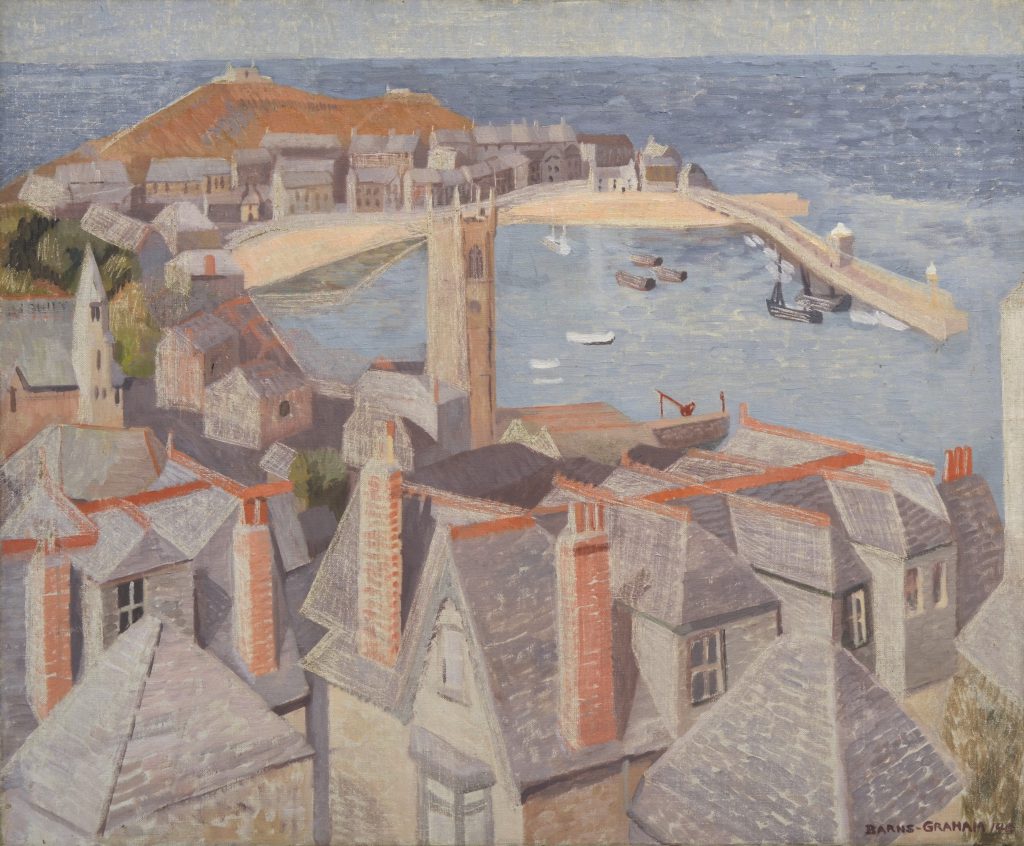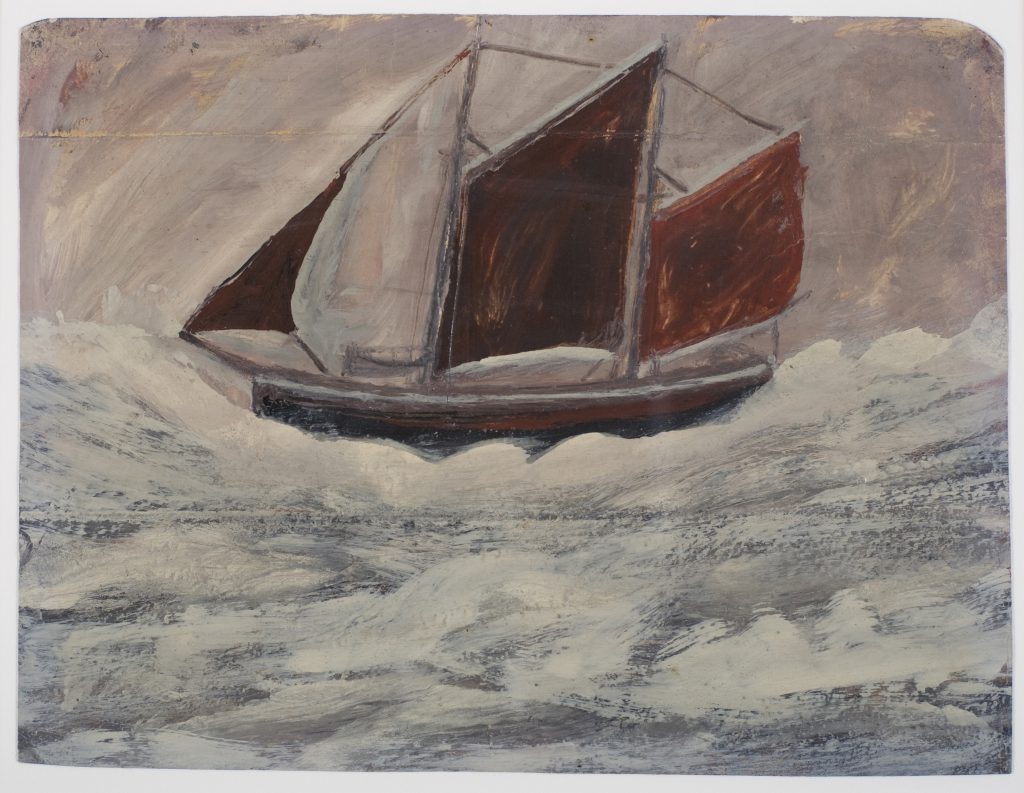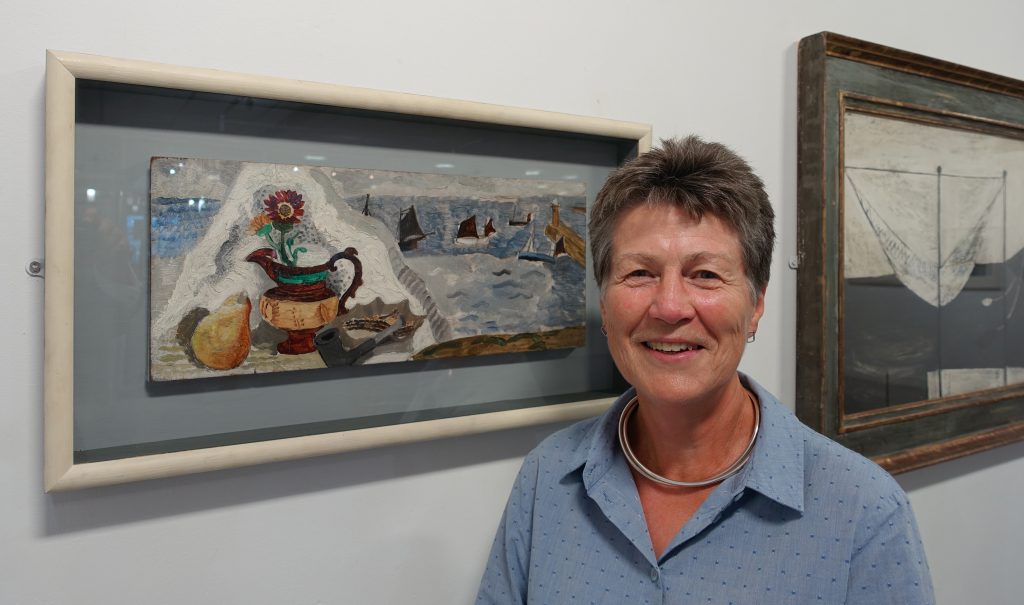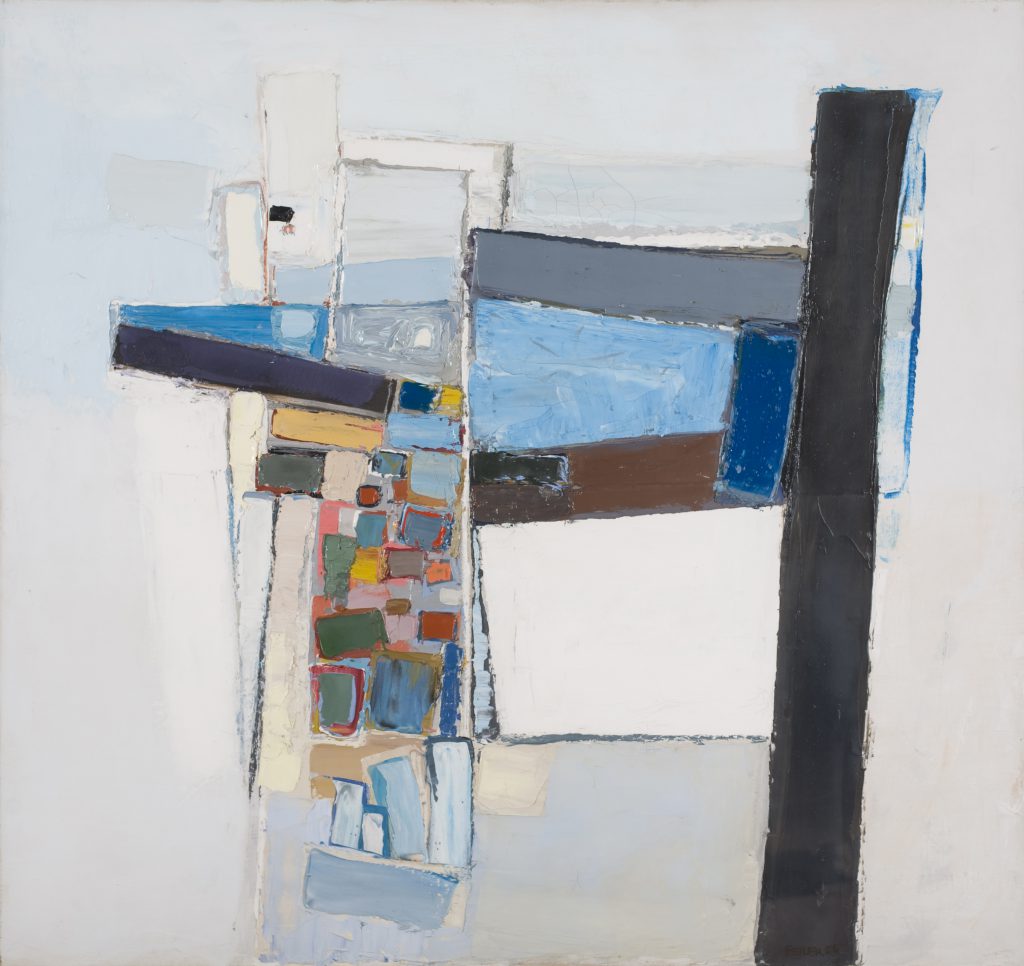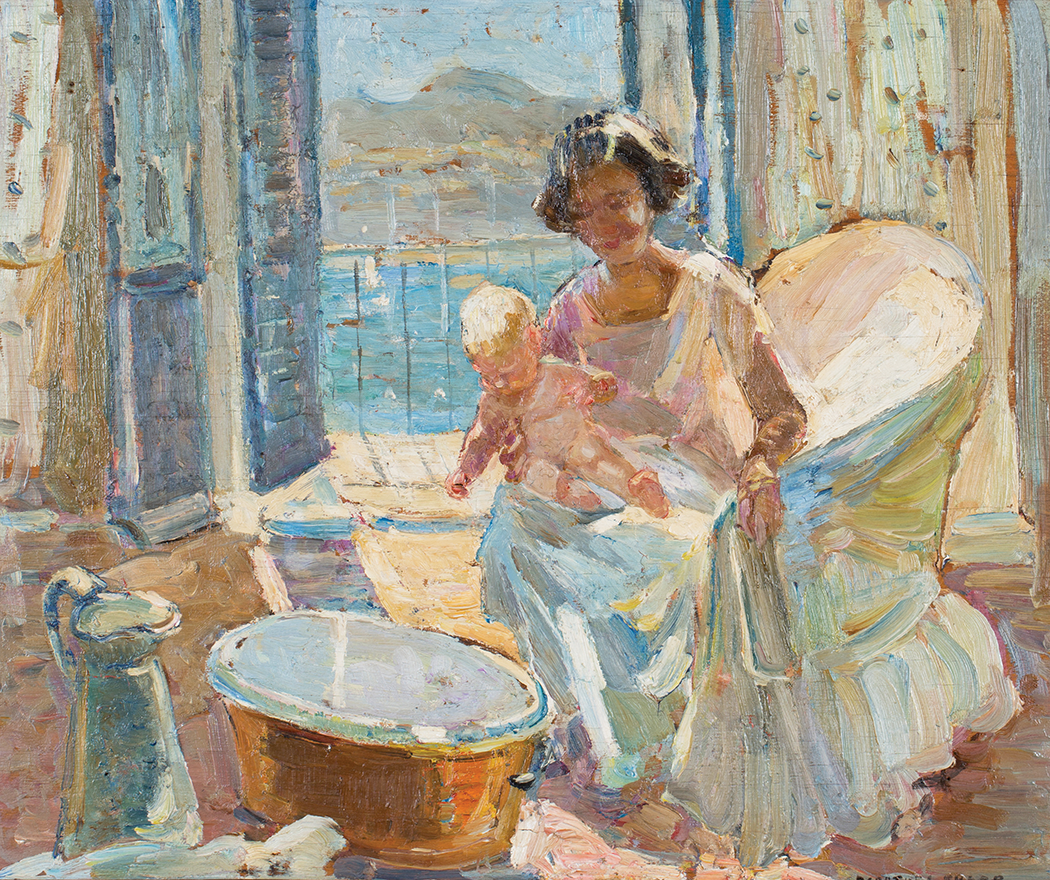
Dorothea Sharp (1874-1955) painted joyful still lifes and landscapes, often with children on the beaches of Cornwall where she lived for much of her life near St. Ives.
The artist was born into a prosperous Quaker family in Dartford, Kent in 1874. The eldest of five children she was twenty-one before she began to study painting at the art school run by C.E. Johnson in Richmond. She would later attend the Regent Street Polytechnic where she was influenced by visiting tutor, the English Realist and Impressionist painter, Sir George Clausen.
Soon after the untimely death of her father in 1900 Dorothea moved to Paris.
The hope filled scene painted by Dorothea Sharp titled ‘The Bath’ sold at Toovey’s for £8000. The price reflects her reputation as a painter and the ever growing interest in women artists amongst collectors.
Dorothea Sharp’s paintings were influenced by her time in Paris and exposure to the Impressionists including Claude Monet. Best known for her landscapes, which often include children, Dorothea Sharp’s style is spontaneous and impressionistic. ‘The Bath’ depicts a hope filled, joyful, sunlit interior as a mother bathes her baby. Through the window a sailing boat enters the estuary the blue of the sea brilliant against the grey green hills of the far shore.
Dorothea Sharp often painted her subjects looking into the light which lends her subjects a luminosity. The love of a mother for her child is brilliantly captured here by the artist’s confident palette, wonderful sense of light and spontaneous brush strokes.
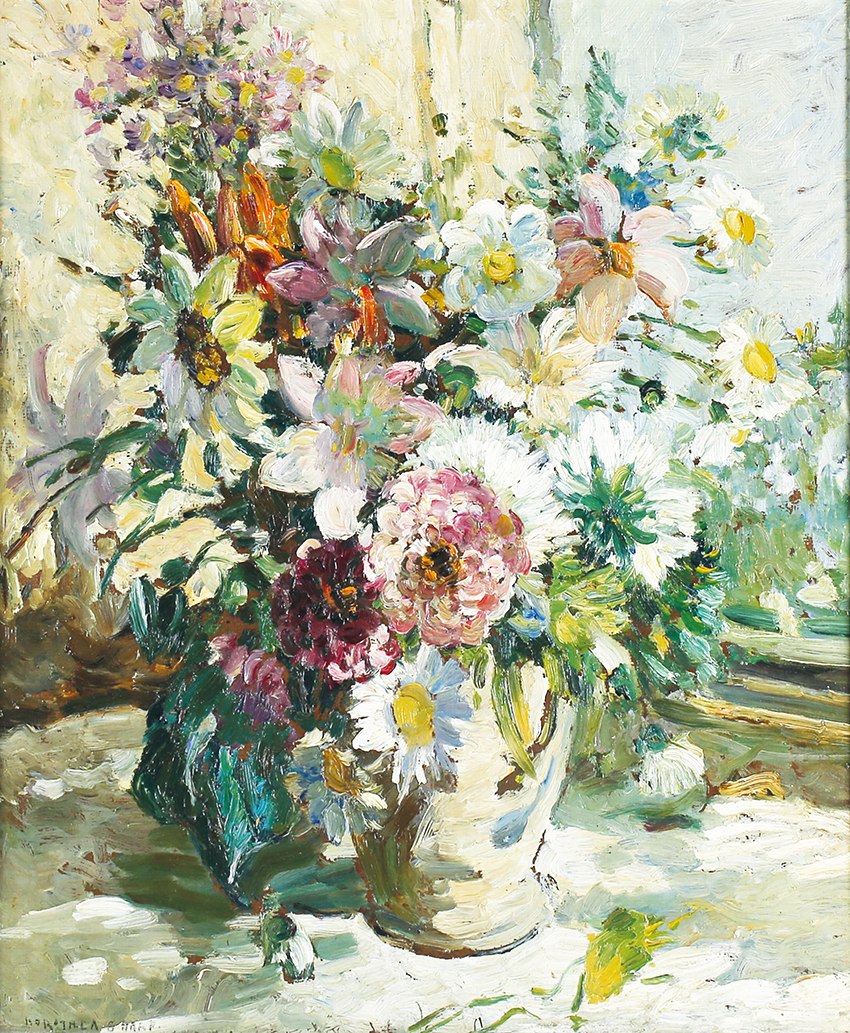
Her confidence and ability is also apparent in the Still Life with a Vase filled with Summer Flowers which was also sold at Toovey’s for £9000. The scene is once again gifted with such life by the play of light expressed in the palette and brush work.
Dorothea Sharp was part of that remarkable group of influential women artists in the early 20th century which included Laura Knight, Dod Procter, Wilhelmina Barns-Graham and Winifred Nicholson.
She exhibited at the Royal Academy, was elected to the Royal Society of British Artists in 1907, the Royal Institute of Oil Painters in 1922, and was also President of the Society of Women Artists over a period of four years. But, it was not until 1933 that Dorothea Sharp held her first one woman show at the James Connell & Sons Gallery in London. It was a huge success.
Today this gifted 20th century woman artist’s work continues to be celebrated and collected.
